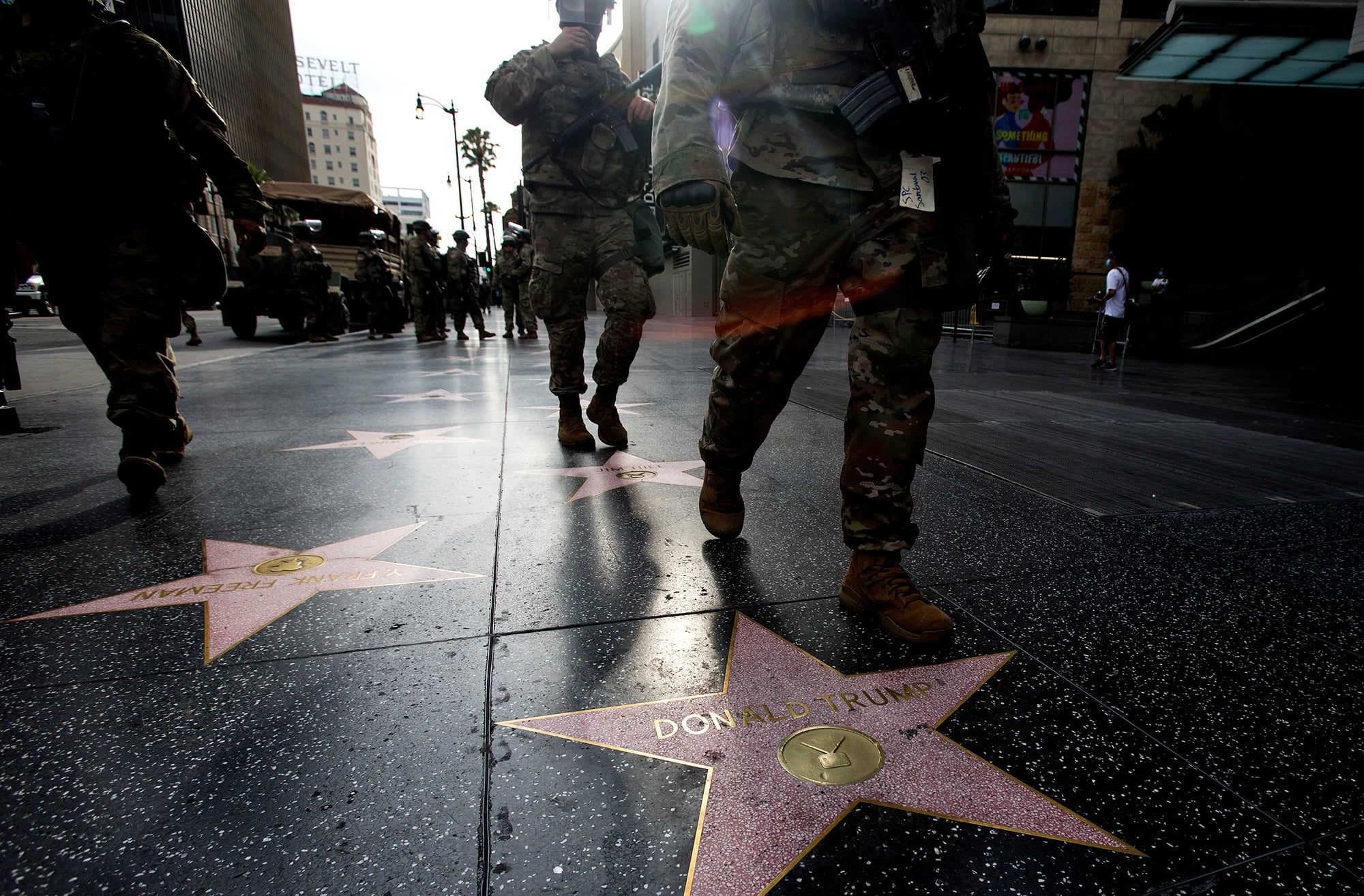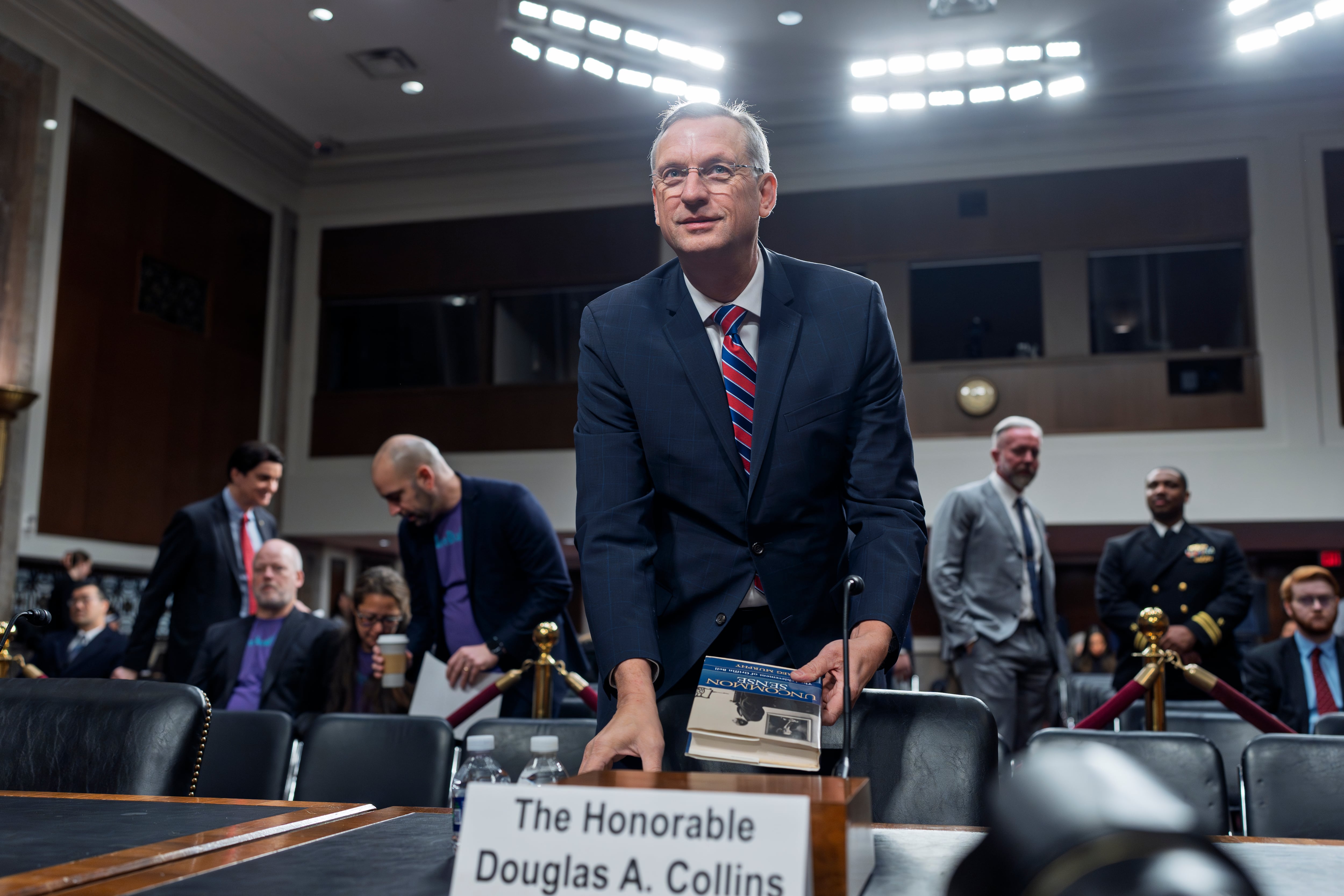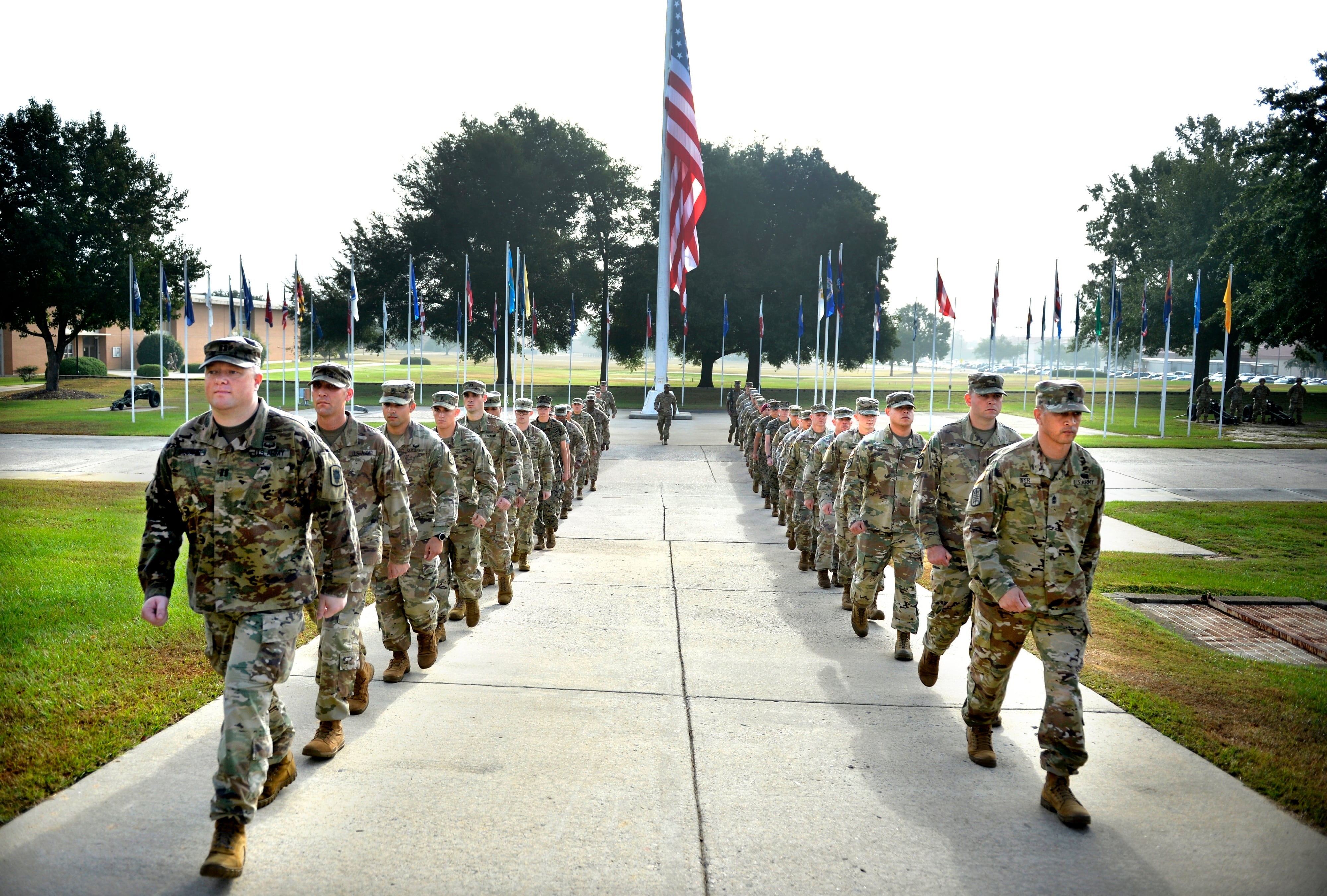SACRAMENTO, Calif. — It cost nearly $25 million for California to deploy 8,000 National Guard soldiers throughout the state to assist police during protests over racial injustice inspired by the death of George Floyd in Minnesota.
Most of that money — more than $18 million — was spent in Los Angeles County, where the guard deployed 5,500 troops to protect buildings and other infrastructure. The rest of the money was spent to deploy soldiers in other cities, including San Francisco and Sacramento.
Because Gov. Gavin Newsom declared a state of emergency in Los Angeles County, the state can pay for the $18 million spent there by taking money from an account set aside specifically for disaster response. On Thursday, the Department of Finance sent a letter to state lawmakers saying the deployment was necessary “to mitigate civil unrest in Los Angeles City and County.”
RELATED

The California Military Department has asked for the rest of the money be covered as an “emergency expense,” defined as money spent “in response to conditions of disaster or extreme peril that threaten the immediate health or safety of persons or property in the state.”
“That is a gross waste of money that could be going to schools, to mental health, to testing and health care or people,” said Cat Brooks, co-founder of the Anti Police-Terror Project. “It’s egregious that that was the choice that was made.”
A memo from Col. Craig Sandman with the California Army National Guard said the California Military Department will run out of money if the state doesn’t step in.
“In extraordinary times that are becoming more commonplace, the CMD provides support to other state agencies and/or local authorities as they address wildfires, earthquakes, floods, and most recently, civil disturbances,” he said. “In all of these dire events, the CMD has to spend its limited operating cash to accomplish its assigned missions.”
Floyd, who was black, died on Memorial Day in Minneapolis after a white police officer put his knee on his neck for nearly nine minutes as he lay handcuffed on the ground. Video of the incident spread rapidly on social media and prompted protests around the globe over racial injustice.
Most protests throughout California were peaceful, but many cities were damaged as people smashed windows and spray-painted graffiti on hundreds of businesses and stole from stores. The demonstrations led to curfews in most major cities. Police used tear gas and rubber bullets to disperse crowds, causing injuries.
“I don’t consider breaking windows violent. That’s property damage. Violence is putting a knee on someone’s neck for eight minutes,” Brooks said.
City officials, including Los Angeles Mayor Eric Garcetti, asked Newsom to deploy the National Guard to assist police. Troops arrived in Los Angeles on May 29 and elsewhere in the state on June 2. Most had been recalled by Wednesday, although a few were expected to stay in place through Monday.
Soldiers did not interact much with protesters, instead being used to guard buildings and other infrastructure. In Sacramento, armed soldiers were stationed in front of the state Attorney General’s Office while armored vehicles were stationed near the Golden One Center, home of the NBA’s Sacramento Kings.
Troops also used concrete barriers to close an on-ramp to Interstate 5 to keep protesters from blocking traffic.
Police arrested more than 3,000 people in Los Angeles alone, with about 2,500 of those for violating curfew or dispersal orders. Monday, prosecutors announced thousands would not be charged with a crime.





